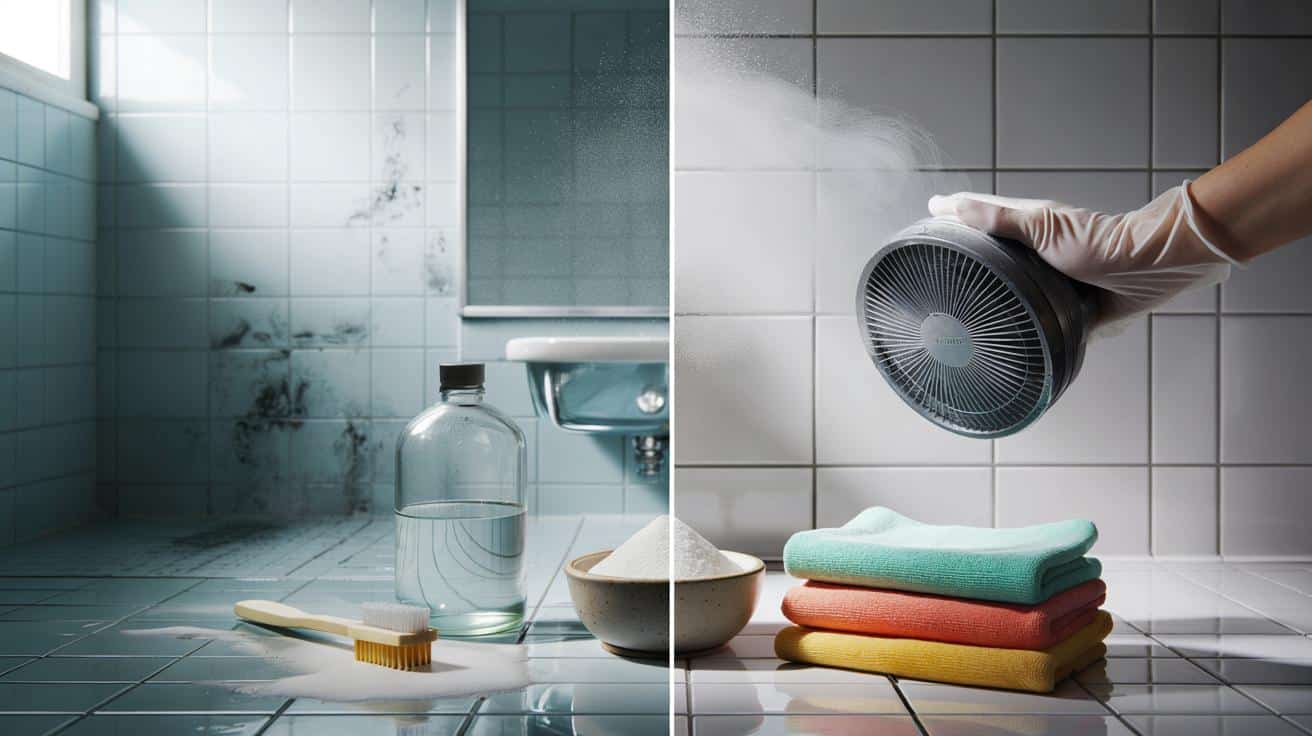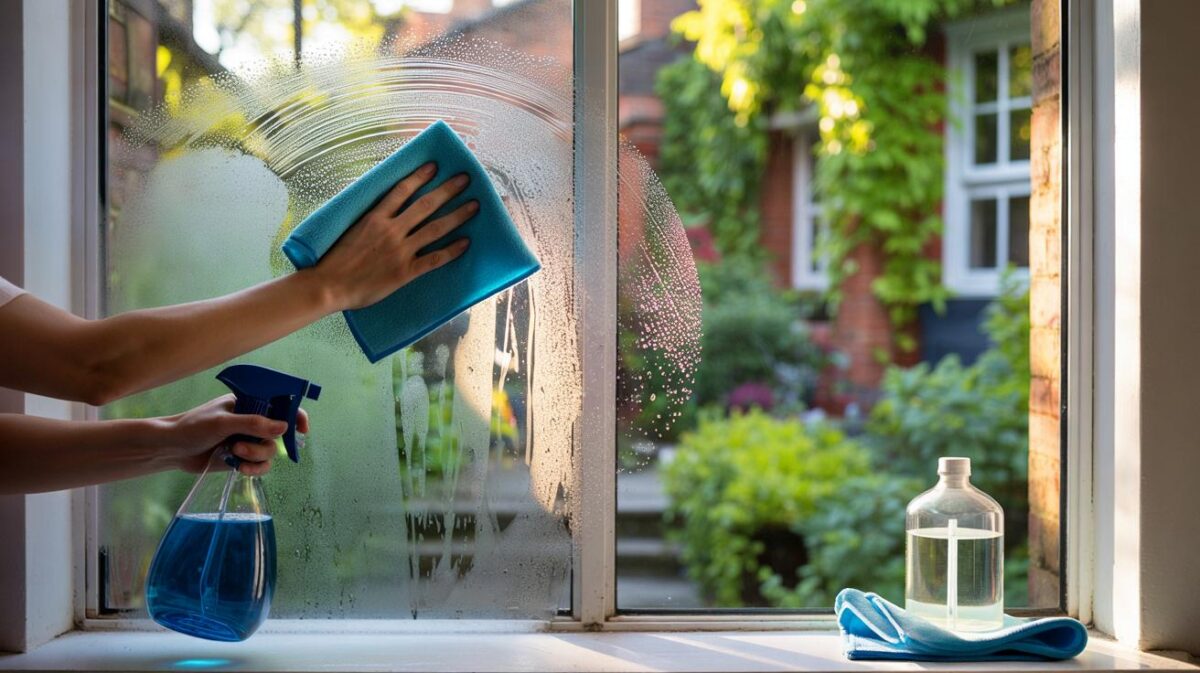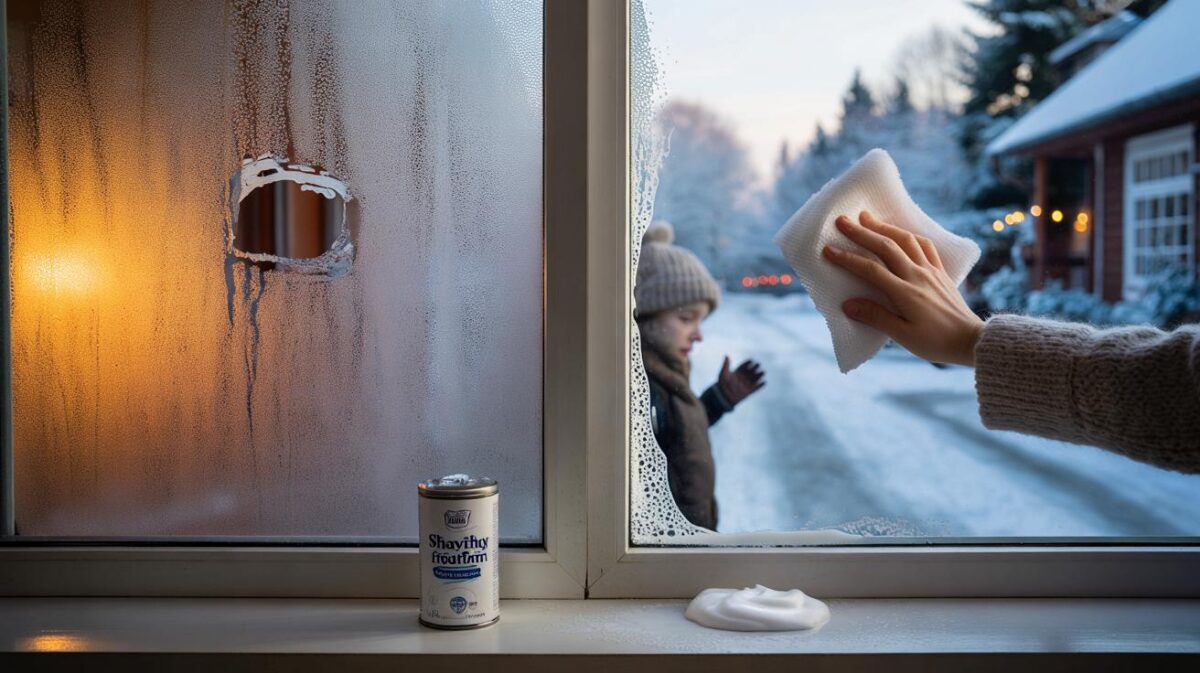A revived home fix is gaining traction: a quick clean of your bathroom extractor using white vinegar and bicarbonate of soda promises crisper air, fewer mould spots and lower bills, using items already in your cupboard.
Why a simple fan clean shifts the damp problem
Dust and soap film choke extractor grilles and fan blades. Airflow drops, moisture lingers, and condensation settles on cold tiles and paintwork. That layer of grime also makes the motor work harder. Energy rises, performance falls, and black mould finds a foothold on grout and ceilings.
Homeowners who scrub their fans report punchier airflow within minutes. When the fan actually shifts steam out, relative humidity dives faster after each shower. That single change reduces the time your walls stay wet, which cuts the risk of mould spores colonising your bathroom.
Reports from household trials point to up to 70% lower bathroom humidity after showers when a clean extractor runs freely and the grille is de-gunked.
Two ingredients, clear results
White vinegar breaks down mineral film and soap scum. Bicarbonate of soda loosens greasy dust. Warm water lifts residue without harsh solvents. Together they clear the grille and blades, helping the fan move air as designed.
| Item | Amount | What it does |
|---|---|---|
| White vinegar | 250 ml | Dissolves limescale and soap residues |
| Bicarbonate of soda | 30 g | Dislodges caked dust and film |
| Warm water | 500 ml | Rinses and dilutes grime |
| Old toothbrush | — | Reaches corners and blade roots |
| Microfibre cloths | 3 pieces | Drying and buffing to prevent streaks |
Step-by-step: the 25-minute clean
Let the fan run for 20 minutes after each shower to purge residual steam. A cheap kitchen timer or the fan’s run-on setting makes this automatic.
Expert tips and frequency
- Clean every two months. A simple rule works: the first Sunday of every even month is “fan day”.
- Use lemon juice (125 ml) if you have no vinegar. Rinse promptly to protect finishes.
- Do not mix vinegar and bicarbonate in a closed container. The fizz builds pressure.
- Keep the bathroom door ajar after showering to let dry air replace steam.
- Slip a small fabric pouch of dry rice or bicarbonate in the vanity to absorb stale odours.
What the numbers mean for your bills
Two numbers stand out from household experiences: up to 70% lower humidity readings post-shower and as much as 25% less electricity used on bathroom ventilation when the fan runs clean and clears moisture faster.
Here’s a simple way to picture the savings:
- A typical modern bathroom fan draws about 23–30 W. Run for 20 extra minutes, that’s roughly 0.008–0.010 kWh per shower.
- At 28p per kWh, that costs about a quarter of a penny. Very little.
- The real gain comes when faster moisture removal means you avoid running a 200 W dehumidifier for an hour. That hour costs about 5.6p. Over a damp month, skipping 20 hours saves about £1.12.
- If a clean fan shortens steamy periods and reduces heater use to dry the room, some homes see up to a quarter less electricity spent on this small slice of bathroom running costs.
Results vary by property size, insulation, duct length and fan quality. Long floppy ducting, blocked external vents and weak motors erode benefits. A clean unit cannot compensate for a fan that is underpowered for the room.
Risks, limits and when to call a pro
Avoid soaking aluminium trims or painted parts beyond 15 minutes. Vinegar can dull soft metals. Never let water reach the motor or wiring. If the fan hums, grinds, or fails to start, switch off and have a qualified electrician inspect it. Black mould spreading beyond the bathroom, wet plaster, or damp patches on adjoining rooms suggest structural moisture problems. In those cases you need a survey of ventilation, insulation and potential leaks.
Check the external vent flap. A stuck or bird-blocked outlet throttles airflow. Clear lint screens and make sure the flap swings freely. If your duct run exceeds a few metres, consider a higher pressure inline unit rated for the distance.
How this old method stacks up against sprays
Commercial bathroom cleaners often rely on bleach or strong alkalis. They whiten mould but can leave the fan film untouched. Vinegar and bicarbonate work mechanically and chemically on the grime that slows the fan. They cost pennies, carry minimal fumes, and you already own them. For stubborn mould stains on grout, use a targeted mould remover after the fan clean so the room dries faster between applications.
Extra ways to keep moisture down
Small changes that add up
- Squeegee screens and tiles after showering; you shed a surprising amount of water in 30 seconds.
- Warm the room before showering to reduce surface condensation, then ventilate briskly.
- Open trickle vents and keep window reveals clear of curtains during steamy periods.
- Buy a simple digital humidity meter and aim for 40–60% relative humidity indoors.
A quick test you can run this week
Grab that humidity meter. Record the value right after a shower with your current setup. Next day, repeat the shower, run the clean fan for 20 minutes, and note the reading. Many households see the peak drop and the recovery speed double. That data helps you decide whether to upgrade to a quieter, higher-capacity fan or extend the run-on time.
When upgrading makes sense
If your fan is older than 10 years, noisy, or rated below 85 m³/h for a typical UK bathroom, consider a modern, quiet model with a humidity sensor and built-in overrun. The sensor boosts speed when steam rises and then winds down when the room is dry, saving energy while tackling damp more effectively.
A clean extractor coupled with a 20-minute post-shower run and basic habits often outperforms costly gadgets in cutting everyday damp.
For renters, this method is low-risk and landlord-friendly. Keep receipts for any replacement filters or a new grille, and log your cleaning dates. If mould returns quickly, those notes strengthen requests for a better fan or a ducting fix.
For families, set a repeating phone reminder or a wall calendar mark every two months. Pair “fan day” with other five-minute jobs: washing the shower curtain, wiping window seals and checking the vent flap outside. The routine keeps moisture under control and slashes odours before they spread.








